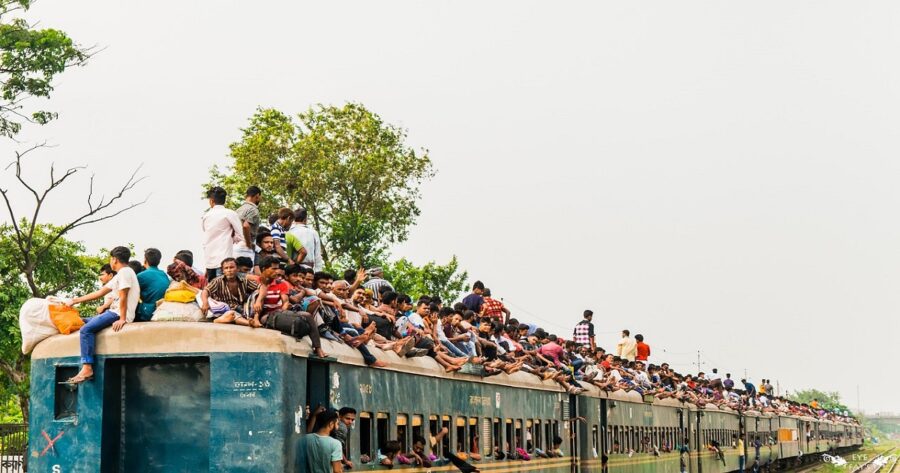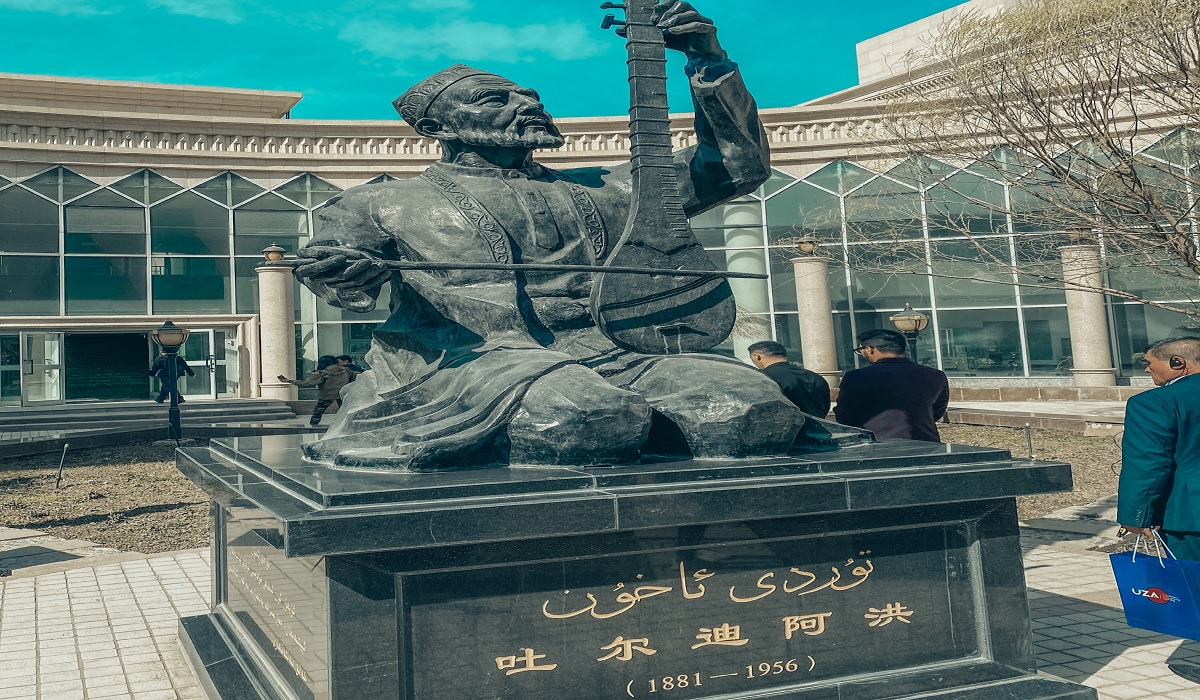India Poised On The Verge Of Surpassing China For World’s Most Populous Nation
- Kingston Bailey
- Asia
- China
- East Asia
- South Asia
- Trending
- April 20, 2023

India is known for its rich cultural heritage, diverse geography, and its rapidly growing population. According to recent estimates, India’s population is set to overtake China’s population three months earlier than the United Nations timeline of July 1st. India’s estimated population hovers around 1.429 billion people, with China at around 1.426 billion, roughly 3 million behind. This milestone is significant and has far-reaching implications for the country’s economy, social dynamics, and political landscape.
China has been the most populous country in the world for several decades, with a population that has grown at an unprecedented rate since the mid-twentieth century. However, India’s population has been growing even faster, with an estimated 70,000 new births per day, compared to China’s 50,000. This trend has been in place for several years now and is expected to continue into the future, with India’s population projected to reach 1.5 billion by 2030.
China had held the title of the world’s most populous country since the late 1970s when its population surpassed that of India. China’s population was around 950 million at the time, while India’s population was around 600 million. Since then, China’s population has continued to grow, albeit at a slower rate, while India’s population has grown at an exponential rate.
The implications of India’s rising population are significant in terms of its economic situation and the country’s social dynamics. With a population of over 1.4 billion people, India is now the second-largest consumer market in the world after China. This presents significant opportunities for businesses that are looking to expand their operations in emerging markets, as well as for the Indian economy as a whole. However, it also presents significant challenges, particularly in terms of poverty reduction and social inequality.
India is a country that is characterized by significant economic disparities, with a large proportion of the population living in poverty. Despite recent economic growth and development, a significant portion of the population continues to live below the poverty line, with limited access to basic resources such as education, healthcare, and clean drinking water. This is a significant challenge for the country’s policymakers, who must balance the need for economic growth and development with the need to address poverty and social inequality.
The significance of India’s large population is also evident in the country’s political landscape. India is a democracy with a complex political system that is characterized by significant regional and linguistic diversity. The country’s large population means that political parties must appeal to a wide range of voters, each with unique interests and concerns. This can make it difficult for political parties to implement cohesive policies that address the entire population’s needs, particularly given the significant economic and social disparities within the country.
India’s rising population and imminent overtaking of China as the world’s most populous country signify a significant milestone for the country, with implications for its economic, social, and political landscape. The challenges and opportunities presented by this demographic shift require careful consideration and planning by policymakers in order to ensure sustainable development and progress for all of India’s citizens. As the country continues to evolve and grow, it will be important to prioritize investments in education, healthcare, and infrastructure in order to address inequality and promote equitable growth for future generations.








